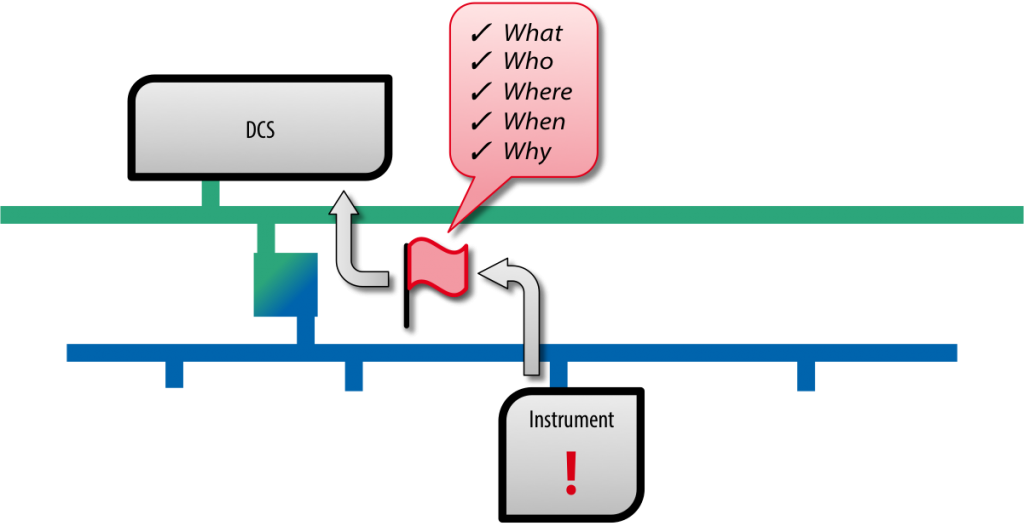What follows is an excerpt from the recently released White Paper entitled 6 Reasons to Give PROFIBUS PA Another Look.
Fieldbus communication has brought about a paradigm shift in automation technology. Communication used to be one-way and each line carried only a single analog signal. Fieldbus communication uses digital technology and it is bi-directional. As a result, field devices have become an integral part of the overall system and they provide the basis for comprehensive asset management.
Simple network diagnostics
A fieldbus network is essentially the nervous system on the production floor and is in itself a vital asset in the automation landscape. So it makes good sense to keep an eye on the state of this asset, and nowadays nothing could be easier. A number of manufacturers offer diagnostic tools for the PROFIBUS physical layer. The choice includes mobile devices for service technicians as well as stationary equipment supplying data which can be displayed at any time in the control station, e.g. on the service console. The diagnostic tools provide valuable assistance during commissioning, maintenance, and ongoing operation. They make predictive maintenance and asset management possible in the field and from a central location.
Planning with no hassle
Fieldbus technology optimizes system design, configuration, and installation. Hundreds of separate cables are reduced to just a few cables or only a single one. Commissioning takes less time and device setup can be accomplished from a central location. Reversed polarity and incorrect allocation between signals and devices are a thing of the past. Every signal bears the “stamp” of its device and can be uniquely identified and characterized. Measurement precision is also better. The values generated in digital transducers are no longer converted to analog signals. None of the original measurement precision is lost when the data is transmitted. There is no possibility that corruption during transmission will remain unnoticed. Also, communication is not limited to process data. Diagnostic and status information allow the user to make a correct judgment on the trustworthiness of the process signals.

–Michael Bowne
